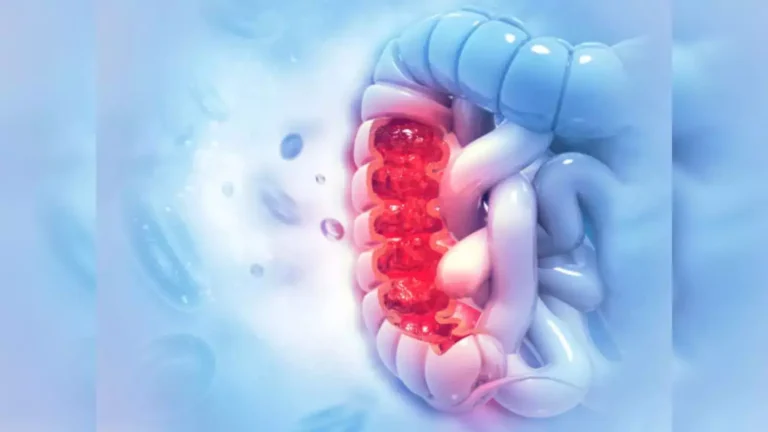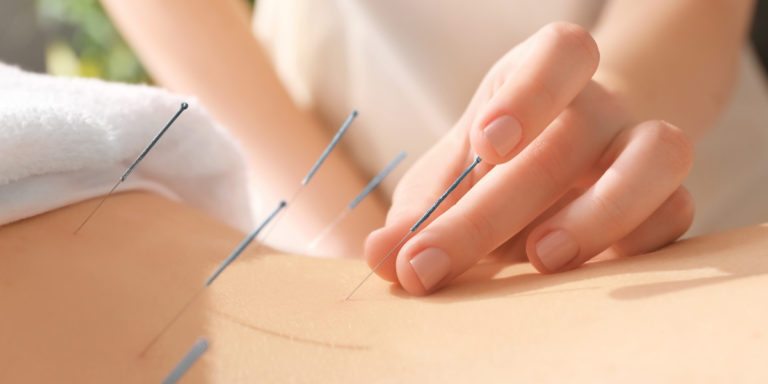Bees are important pollinators and a crucial part of our ecosystem, but they can also deliver a painful sting if provoked. One of the more distressing aspects of a bee sting is the potential for a bee stinger to become lodged under the skin. This comprehensive guide aims to provide a detailed look at what happens when a bee stinger is stuck under the skin, how to effectively manage and remove the stinger, and the steps you can take to prevent infection and alleviate pain.
Understanding Bee Stings
Why Do Bees Sting?
Bees typically sting as a defensive mechanism. They sting when they feel threatened or when their hive is in danger. Unlike wasps or hornets, which can sting multiple times, a honeybee can sting only once. This is because the stinger of a honeybee is barbed and, once embedded in the skin, it pulls out part of the bee’s abdomen, ultimately causing the bee to die. This biological fact underscores the importance of being cautious around bees and avoiding actions that might provoke them.
Anatomy of a Bee Stinger
A bee stinger is a sharp, pointed appendage attached to a small venom sac. When a bee stings, the stinger punctures the skin, and venom is released into the body. The barbed structure of the stinger means it can easily get stuck in the skin, and as the bee pulls away, it leaves the stinger and venom sac behind, which continues to pump venom into the body for a short period.
Immediate Steps to Take After Being Stung
- Stay Calm: Panicking can increase your heart rate and help spread the venom more quickly through your body.
- Move Away from the Area: Bees release pheromones when they sting, which can attract more bees. To avoid additional stings, move to a safe location.
- Remove the Stinger: The stinger should be removed as soon as possible to minimize the amount of venom entering the body. Also read here: What Happens if Do You Pop a Burn Blister?
How to Remove a Bee Stinger
Tools You’ll Need
- A flat object like a credit card
- Tweezers
- Soap and water
- Antibacterial ointment
Steps for Removal
- Scrape, Don’t Squeeze: Use the edge of a credit card or a similar object to scrape over the area where the stinger is embedded. Scraping helps remove the stinger without squeezing the venom sac, which could release more venom into your skin.
- Tweezers as a Last Resort: If scraping doesn’t work, you can use tweezers. Grasp the stinger as close to the skin as possible and pull it out gently. Be careful not to pinch the venom sac.
- Clean the Area: Once the stinger is removed, wash the area with soap and water to prevent infection.
- Apply Antibacterial Ointment: After cleaning, apply an antibacterial ointment to the sting site to ward off infection.
Managing Pain and Swelling
Bee stings can be painful and may cause localized swelling. Here are some ways to manage these symptoms:
- Cold Compress: Apply a cold compress or ice pack to the sting area to reduce pain and swelling. Do this for 10-15 minutes at a time.
- Over-the-Counter Pain Relievers: Medications like ibuprofen or acetaminophen can help alleviate pain.
- Antihistamines: If you have a minor allergic reaction, an over-the-counter antihistamine may help reduce itching and swelling.
Signs of an Allergic Reaction
While most people experience only mild symptoms from a bee sting, some individuals may have an allergic reaction. Symptoms of an allergic reaction include:
- Hives or itching over large areas of the body
- Swelling of the face, throat, or tongue
- Difficulty breathing
- Rapid pulse
- Nausea, vomiting, or diarrhea
If you experience any of these symptoms after being stung by a bee, seek medical attention immediately. An allergic reaction to a bee sting can be life-threatening and may require emergency treatment, such as an epinephrine injection.
Preventing Bee Stings
- Avoid Perfumes and Bright Colors: Bees are attracted to sweet smells and bright colors. If you’re going to be in an area where bees are present, avoid wearing perfumes and bright clothing.
- Stay Calm: If a bee approaches you, remain calm and avoid sudden movements. Swatting at a bee can provoke it to sting.
- Cover Food and Drinks: Bees are attracted to food and drinks, especially sweet ones. Keep food covered and check your drinks before taking a sip.
- Wear Protective Clothing: If you’re going to be in an area with a high bee population, consider wearing long sleeves and pants.
Natural Remedies and Home Care
Some natural remedies may help alleviate symptoms after a bee sting:
- Baking Soda Paste: Mix baking soda with water to create a paste and apply it to the sting. Baking soda can help neutralize the acidic venom.
- Honey: Applying a small amount of honey to the sting site can help reduce inflammation and infection.
- Aloe Vera: Known for its soothing properties, aloe vera can be applied directly to the sting to relieve pain and swelling.
- Calendula Cream: This herbal remedy has anti-inflammatory and antiseptic properties and can be applied to the sting site.
When to See a Doctor
While most bee stings can be treated at home, there are instances where you should seek medical attention:
- If the swelling or pain worsens or does not improve within a few days
- If you notice signs of infection, such as increased redness, warmth, or pus
- If you have been stung multiple times
- If you experience symptoms of an allergic reaction
Conclusion
Bee stings can be an uncomfortable and painful experience, but with the right knowledge and preparation, you can effectively manage a bee stinger stuck under the skin. Remember to act quickly, remove the stinger carefully, and treat the area to minimize pain and prevent infection. By following these guidelines and taking preventive measures, you can reduce the likelihood of future bee stings and the complications they can bring.













